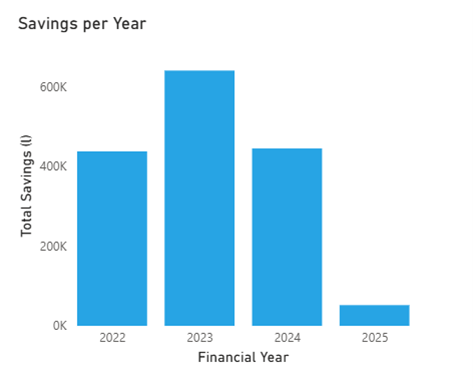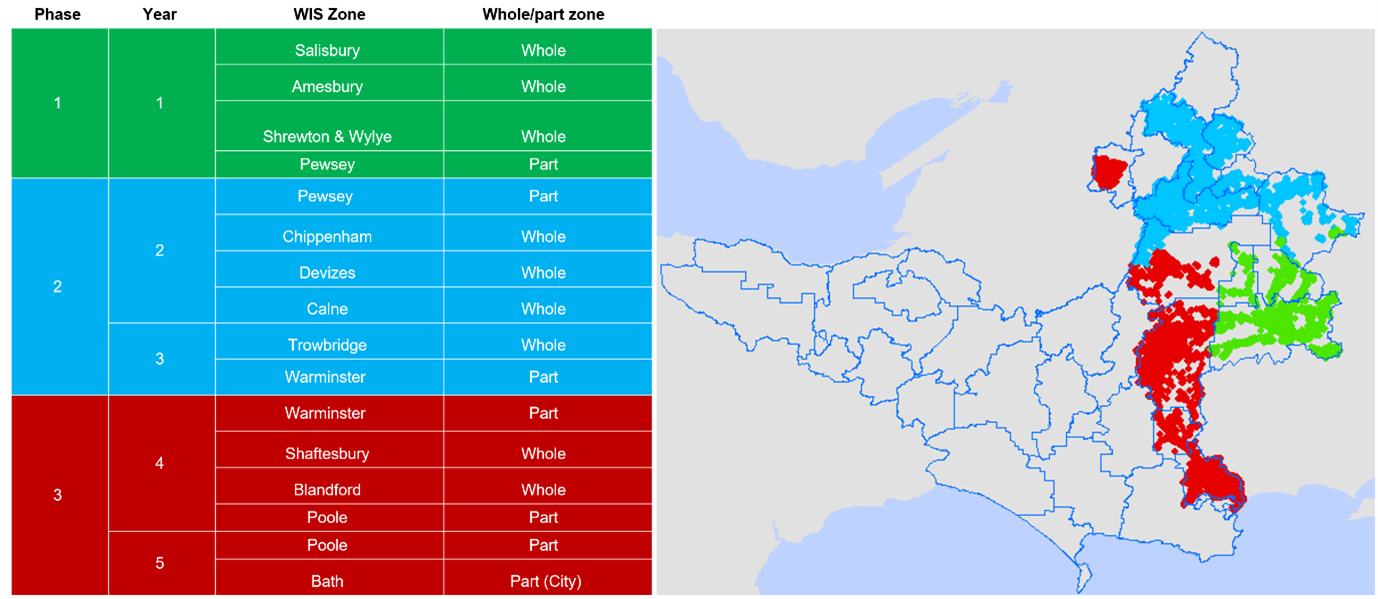How we’re saving water
School visits
Our Water Efficiency team has been working with schools and councils to help reduce the amount of water they use and waste.
We have carried out 29 visits so far this year, repairing 40 leaks, installing 258 devices and saving 52,026 litres of water.
Innovation fund
We are exploring launching an ‘innovation fund’, which will be available to retailers and third parties to share new and exciting water efficiency initiatives. We plan to launch this in autumn.
We are happy to hear your ideas or collaborate on any water efficiency ideas in the meantime.
If you have any ideas or questions about any of the topics, please email them to


